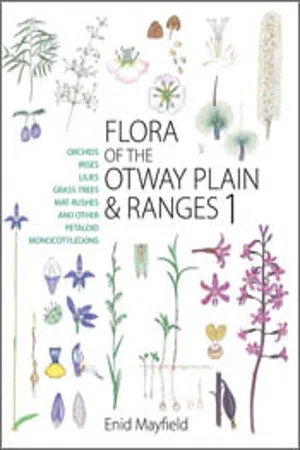
Flora of the Otway Plain and Ranges 1
Orchids, Irises, Lilies, Grass-trees, Mat-rushes and Other Petaloid Monocotyledons
- 232 pages
- English
- ePUB (mobile friendly)
- Available on iOS & Android
Flora of the Otway Plain and Ranges 1
Orchids, Irises, Lilies, Grass-trees, Mat-rushes and Other Petaloid Monocotyledons
About this book
The Otway region of Victoria, with its temperate rainforests, mountain ash forests, heathlands, plains and coastal dunes, has an extraordinarily rich and diverse flora. The first volume of Flora of the Otway Plain and Ranges covers the orchids, irises, lilies, grass-trees, mat-rushes and other petaloid monocotyledonous plants.
Enid Mayfield's exquisite colour illustrations of more than 200 species reveal tiny botanical details which enable the untrained botanist to identify each species with ease. The section on orchids describes and illustrates more than 130 species, highlighting their fascinating adaptations for attracting specific pollinating insects.
The clear text and illustrations frequently draw attention to the relationship of plants to the broader environment, the impact of fire, the role of pollinators and the importance of fungi.
Frequently asked questions
- Essential is ideal for learners and professionals who enjoy exploring a wide range of subjects. Access the Essential Library with 800,000+ trusted titles and best-sellers across business, personal growth, and the humanities. Includes unlimited reading time and Standard Read Aloud voice.
- Complete: Perfect for advanced learners and researchers needing full, unrestricted access. Unlock 1.4M+ books across hundreds of subjects, including academic and specialized titles. The Complete Plan also includes advanced features like Premium Read Aloud and Research Assistant.
Please note we cannot support devices running on iOS 13 and Android 7 or earlier. Learn more about using the app.
Information
ORCHIDACEAE
CHARACTERISTICS OF ORCHIDS
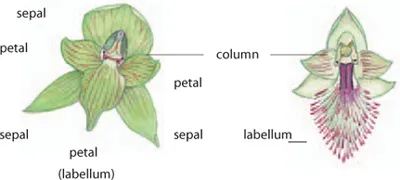
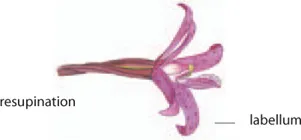
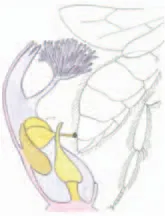
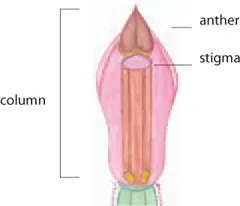



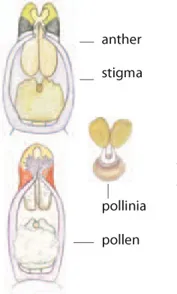
Table of contents
- Cover
- Title
- Copyright
- Contents
- Acknowledgements
- Foreword by John Landy, AC, CVO, MBE Governor of Victoria 2001-2006
- Quick Plant Finder
- Key: What flower is this?
- Petaloid Monocotyledons
- Alismataceae Water Plantains
- Asphodelaceae Bulbines
- Asteliaceae Astelias
- Colchicaceae Milkmaids, Wurmbeas
- Hemerocallidaceae Daylilies
- Hypoxidaceae Star-flowers
- Iridaceae Irises
- Laxmanniaceae Lilies, Mat-rushes
- Luzuriagaceae Drymophilas
- Orchidaceae Orchids
- Xanthorrhoeaceae Grass-trees
- Xyridaceae Yellow-eyed grasses
- Illustrated Glossary
- Bibliography
- Index